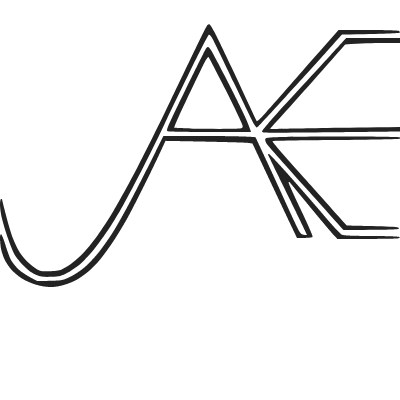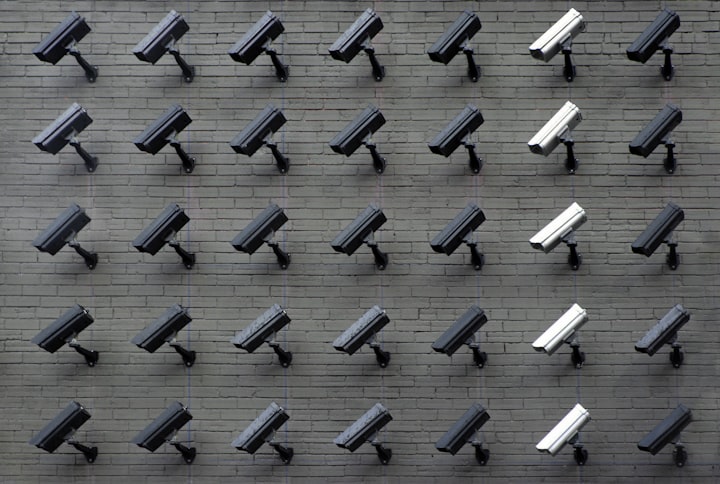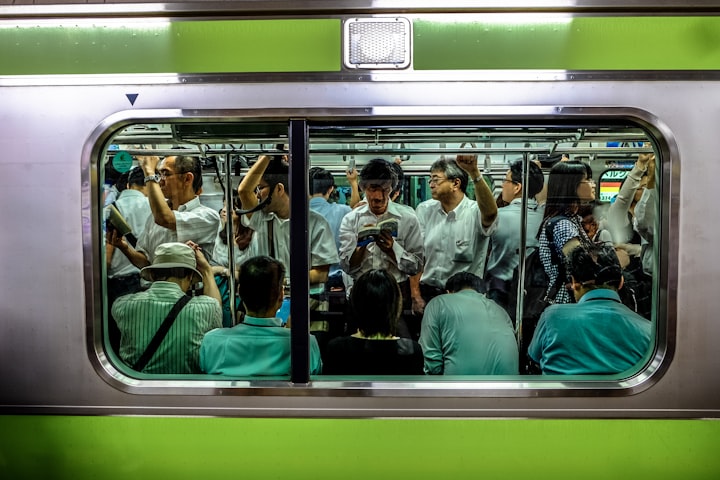The Collector
I loaded the tape into the VCR. It didn’t need to be rewound.
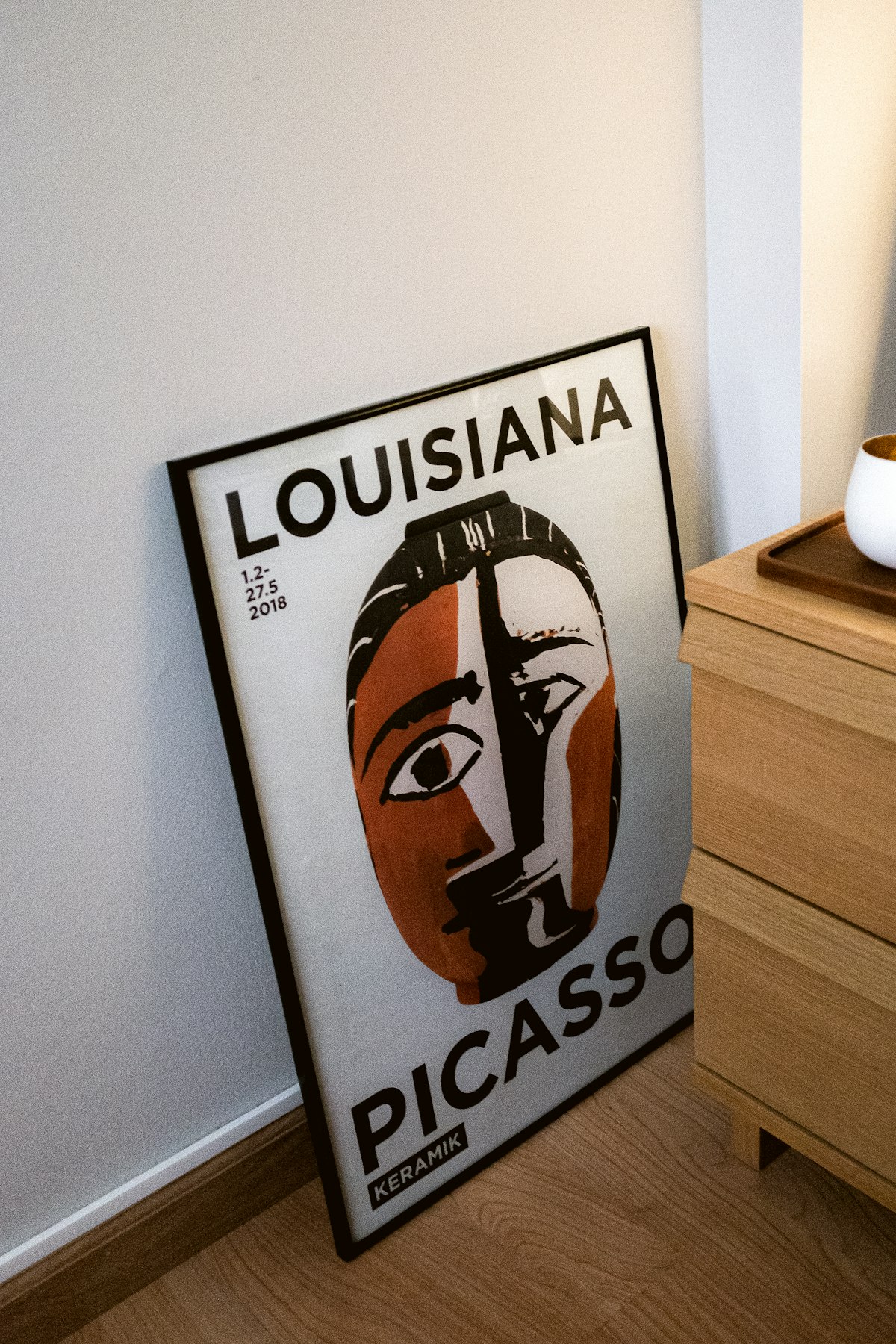
I was fifteen when I learned that my grandfather’s Picasso wasn’t real.
It took my family months to sort through his mess, nine decades of it. I think all of us hoped to find something interesting, or at least valuable, but the Picasso was his only treasure. It was the one thing to which everything else in his life was somehow tethered. Every story he told, every conversation he had, seemed to loop back to it. As we finished emptying his house, it still hung in its protective frame, untouched above the mantel. It was the last thing to go.
That morning, I sat on the basement’s concrete floor and began to take his video tapes off the shelf. I found tapes of nearly every hit sitcom from the last forty years in semi-chronological order, a few Emmy and Academy Awards shows, and a few World Series. There were lots of grainy, drawn-out historical films and documentaries – stuff I remember being bored by as a kid despite his reminders of their significance. A few tapes had original news footage of notable events, like the Berlin Wall, Y2K, and 9/11. I threw them all away. Maybe he imagined he’d be down in the basement for a long time watching these tapes after the apocalypse. Maybe he thought himself a preserver of the past.
About halfway through the fifth box, I found a tape labeled Paul on Antiques Roadshow, 1985. The handwriting must have belonged to my step-grandmother, Doris, the one he’d married and divorced in the 1990’s.
I loaded the tape into the VCR. It didn’t need to be rewound.
The fuzzy screen showed two men against a background of others’ muffled chatter. The shorter of the two was my grandfather, in his best suit and still with a nearly full head of hair. He stood across from a much larger man that had thick black hair with too much gel. A familiar white square sat propped up on the table between them.
“Why don’t tell me a little about what you’ve brought in?” said the appraiser. “This is an original Picasso cocktail napkin drawing that I obtained in Paris in 1959, on honeymoon in Paris with my late wife. We were in this old, dark bar and I remember saying to Melinda–”
“‘Look, I think that’s Picasso.’” I said alongside the recording – these exact words tattooed into my memory since I was first able to remember things.
“She didn’t believe me at first,” he continued, “of course she didn’t, but she kept looking over her shoulder at him, sitting all alone at the bar. And just when he was about to leave, I got up the nerve to ask him to do a quick napkin portrait of her. And that’s what this is.”
The camera zoomed in on the napkin, cased in the same wide mat and black frame I’d seen when I entered his house that morning. The drawing looked like it could be one continuous line – with lots of angles and curves in the shape of a woman’s figure. It looked nothing like my grandmother did. At the bottom right corner, Picasso’s signature, same as others I’ve seen.
“And, you know, I just couldn’t believe it. What a spectacular wedding gift!” “Do you mind if I take this out of its frame to get a better look? I’ll be gentle.” “Sure,” said my grandfather, wishing he could object.
The appraiser examined the aspects of the napkin usually hidden by the frame – rotating it several times, unfolding it, holding it up to the light.
“How much do you think this is worth?” the appraiser asked my grandfather. “I don’t know. Ten thousand?”
“And you say you met him yourself and had him draw this for you?”
“Yes.”
“In Paris? 1959?”
“That’s right.”
“I don’t suppose you have verification. Can your wife maybe provide further details?” “Melinda? No, she’s gone now.”
“Oh, right. You mentioned that. My apologies,” the appraiser hesitated,” I regret to say that this looks awfully like a fake, though it’s quite a good one.”
My grandfather deflated. “What do you mean?”
“I’ve seen several facsimiles like this, many of them on this same type of napkin with the little flower imprints. And being the obsessive that I am, I did my research and found that this napkin was first made in 1980.”
“Well, I–”
“And from what I know of Picasso, he wasn’t too fond of making drawings for strangers like this and was often quite rude. Since this is such a good replica, you’re looking at about forty bucks. It’s a wonderful story you’ve told, though.”
“Thank you very much,” said my grandfather, just like everyone on Antiques Roadshow does. The appraiser looked straight at the camera, pleased. My grandfather looked at the ground. The tape cut out.
I noticed that my mother was standing behind me, watching over my shoulder. She laughed at the face I must have been making.
“Did you know this?”
“Yes. Doris told me during the divorce. I suspected before then.”
“So he’d been lying.”
“Yes.”
“Why didn’t you tell me?”
“Same reason we never told you about Santa Claus.”
I peeled the label and threw the tape in the trash. A wonderful story.
“Good plan,” said my mother, “And I think we can just get rid of all these. I don’t want you to find any porn in here.”
I was young. That hadn’t even occurred to me.
Today, my grandfather’s Picasso hangs above my dining room table. I don’t notice it often; it’s one small part of the background I live my life against. People ask about it when they come over, jolting it back into relevance. They want to know if it’s real. Most times, I tell them yes.
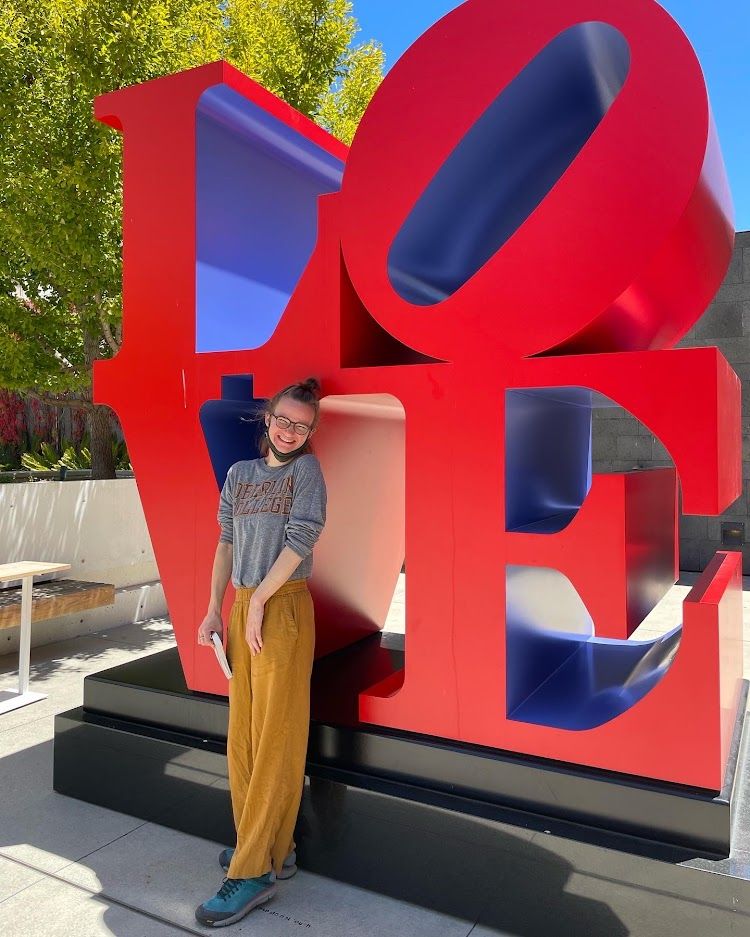
Zoey Birdsong, originally from Taos, New Mexico, studies creative writing at Oberlin College.
